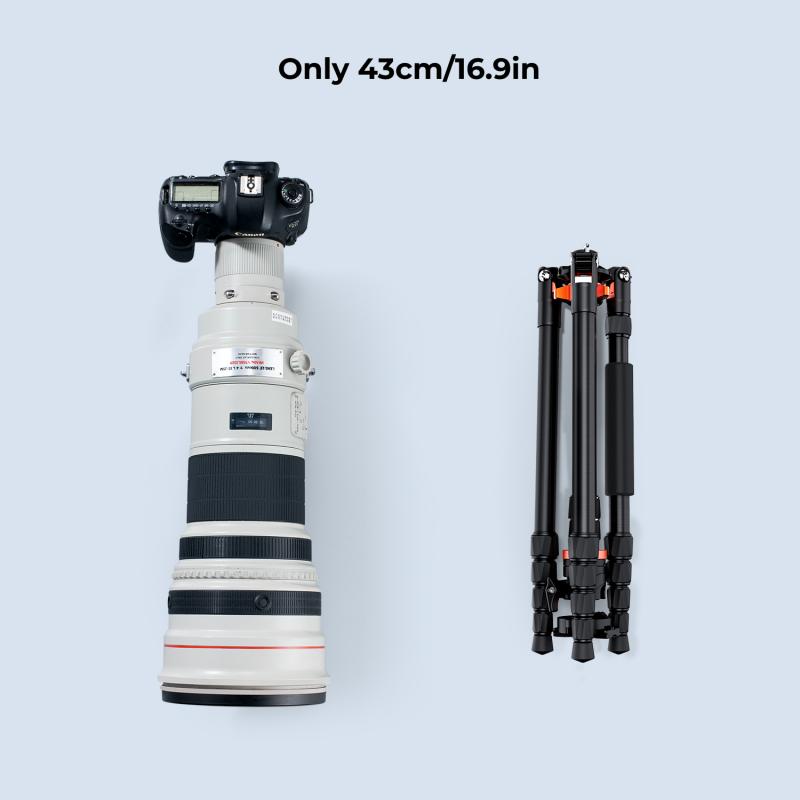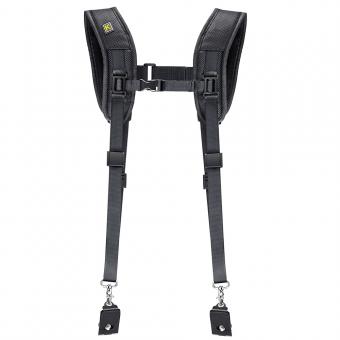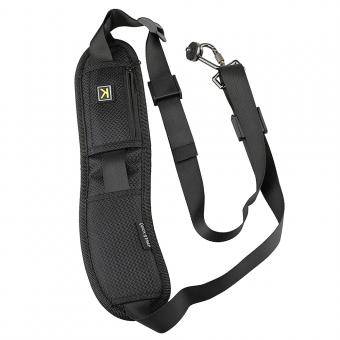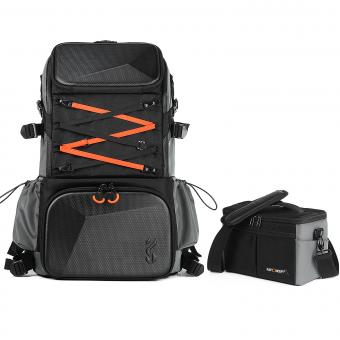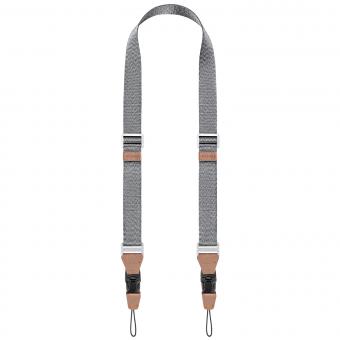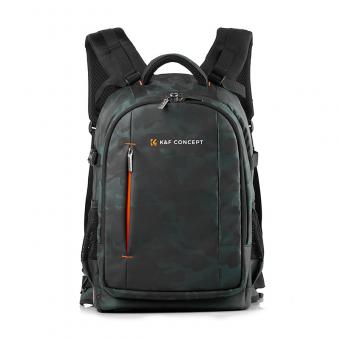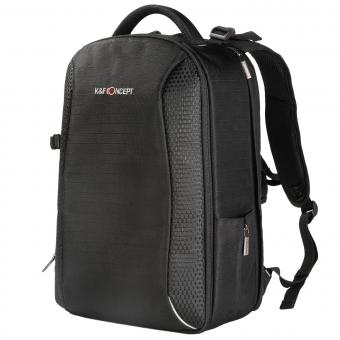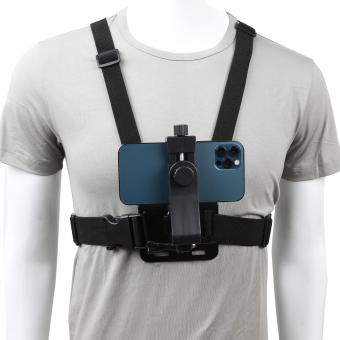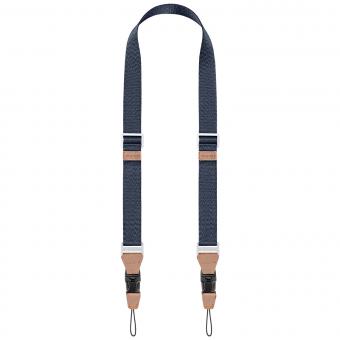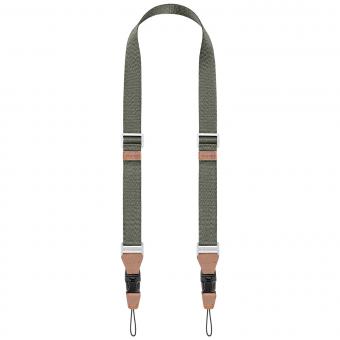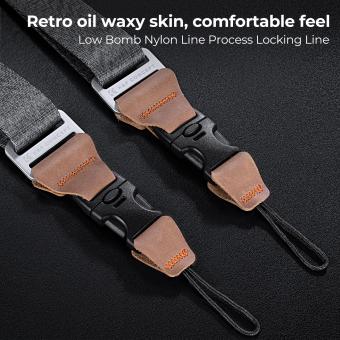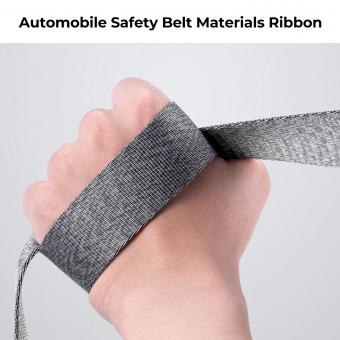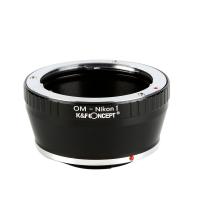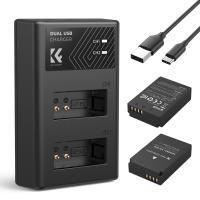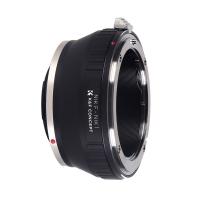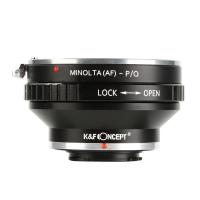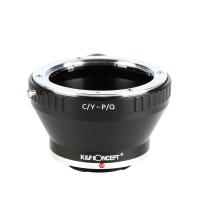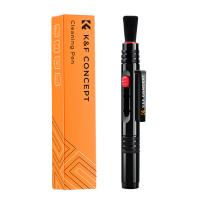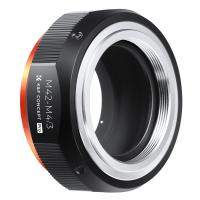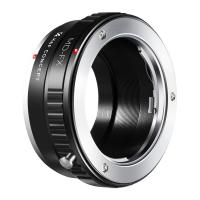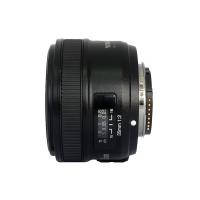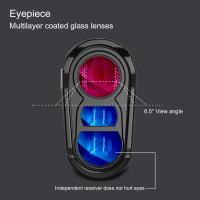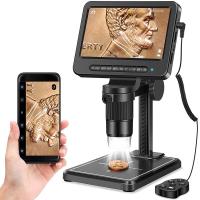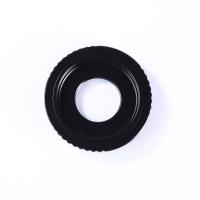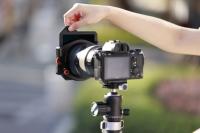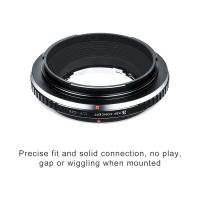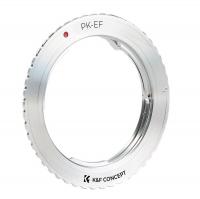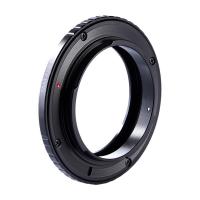How To Sew A Camera Strap ?
To sew a camera strap, you will need a sewing machine, fabric, webbing, and hardware such as D-rings and sliders. Start by measuring and cutting the fabric and webbing to the desired length for your strap. Fold the fabric in half lengthwise, with the right sides facing each other, and sew along the long edge to create a tube. Turn the tube right side out and press it flat. Insert the webbing into the tube, leaving a loop at one end for attaching the hardware. Sew the ends of the fabric tube closed, securing the webbing in place. Attach the D-rings and sliders to the loop end of the strap, making sure they are securely sewn. Your camera strap is now ready to use.
1、 Choosing the right fabric for a camera strap
Choosing the right fabric for a camera strap is an essential step in ensuring both comfort and durability. With the latest advancements in textile technology, there are various options available that cater to different needs and preferences.
When selecting fabric for a camera strap, it is crucial to consider factors such as strength, flexibility, and breathability. One popular choice is nylon webbing, which is known for its strength and durability. It can withstand heavy loads and is resistant to wear and tear, making it ideal for photographers who frequently carry heavy equipment. Additionally, nylon webbing is easy to clean and dries quickly, making it suitable for outdoor photography.
Another option is neoprene, a synthetic rubber material that provides excellent cushioning and comfort. Neoprene camera straps are soft, flexible, and mold to the shape of the shoulder, reducing strain and fatigue during long shoots. This material is also water-resistant, making it suitable for photographers who work in various weather conditions.
For those seeking a more eco-friendly option, organic cotton or hemp fabric camera straps are gaining popularity. These natural fibers are breathable, soft, and comfortable against the skin. They are also biodegradable and have a lower environmental impact compared to synthetic materials.
In recent years, there has been a rise in the popularity of customizable camera straps. Many photographers are opting to sew their own camera straps using a variety of fabrics, allowing them to express their personal style and preferences. DIY camera straps can be made from a wide range of materials, including cotton, canvas, or even repurposed fabrics.
Ultimately, the choice of fabric for a camera strap depends on individual needs and preferences. Whether it's the strength of nylon webbing, the comfort of neoprene, the eco-friendliness of organic cotton, or the personal touch of a DIY strap, there are options available to suit every photographer's requirements.
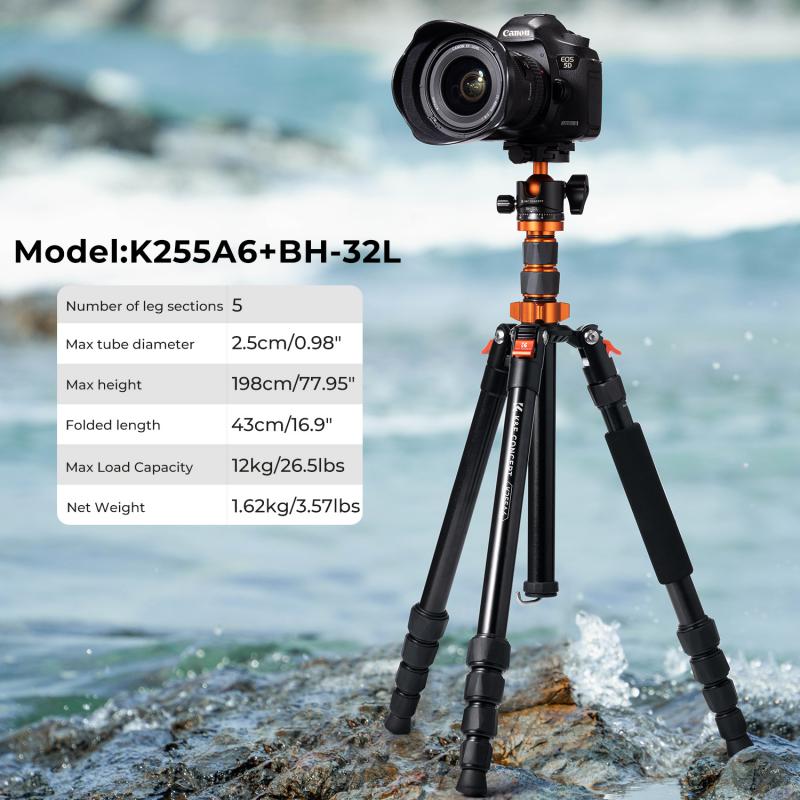
2、 Measuring and cutting the fabric for the strap
Measuring and cutting the fabric for the camera strap is an essential step in sewing your own camera strap. This process ensures that the strap will fit comfortably around your neck or shoulder while securely holding your camera.
To begin, you will need to measure the desired length and width of your camera strap. Consider the length that will be most comfortable for you, as well as the width that will adequately support the weight of your camera. It is recommended to measure an existing camera strap that you find comfortable to use as a reference.
Once you have determined the measurements, mark them on your fabric using a fabric marker or chalk. Make sure to add seam allowances to your measurements to allow for sewing.
Next, carefully cut along the marked lines using fabric scissors. Take your time to ensure clean and straight edges.
It is important to note that the latest point of view in sewing a camera strap may involve using sustainable or eco-friendly materials. Consider using organic cotton or recycled fabric for your camera strap to reduce environmental impact. Additionally, you may choose to add padding or extra layers to the strap for added comfort and durability.
Overall, measuring and cutting the fabric for your camera strap is a crucial step in creating a custom and comfortable strap. Take your time and pay attention to detail to ensure a well-fitting and functional camera strap that suits your needs.

3、 Sewing the strap together and adding reinforcement stitches
To sew a camera strap, you will need a few basic sewing supplies such as a sewing machine, thread, fabric, and a pair of scissors. Here is a step-by-step guide on how to sew a camera strap:
1. Measure and cut your fabric: Start by measuring the desired length and width of your camera strap. Cut a piece of fabric according to these measurements, ensuring that it is long enough to comfortably fit around your neck or shoulder.
2. Fold and press the fabric: Fold the fabric in half lengthwise, with the right sides facing each other. Press the fold to create a crease.
3. Sew the strap together: Using a sewing machine, stitch along the long edge of the fabric, leaving a 1/4 inch seam allowance. Backstitch at the beginning and end to secure the stitches. This will create a tube-like structure.
4. Turn the strap right side out: Carefully turn the fabric tube right side out, using a turning tool or a safety pin to help push the fabric through.
5. Press and reinforce the strap: Press the strap flat with an iron to remove any wrinkles. To add reinforcement stitches, sew a straight line along both edges of the strap, about 1/8 inch from the edge. This will provide extra strength and durability.
6. Attach hardware: Depending on the type of camera you have, you may need to attach hardware such as D-rings or swivel hooks to the ends of the strap. Sew these securely in place, ensuring they are properly aligned and reinforced.
7. Test and adjust: Once the strap is complete, attach it to your camera and test its strength and comfort. If necessary, make any adjustments to the length or width to suit your preferences.
It's worth noting that there are various styles and designs for camera straps, so feel free to get creative and personalize your strap to match your style or camera brand. Additionally, consider using sturdy and durable materials to ensure the longevity of your camera strap.
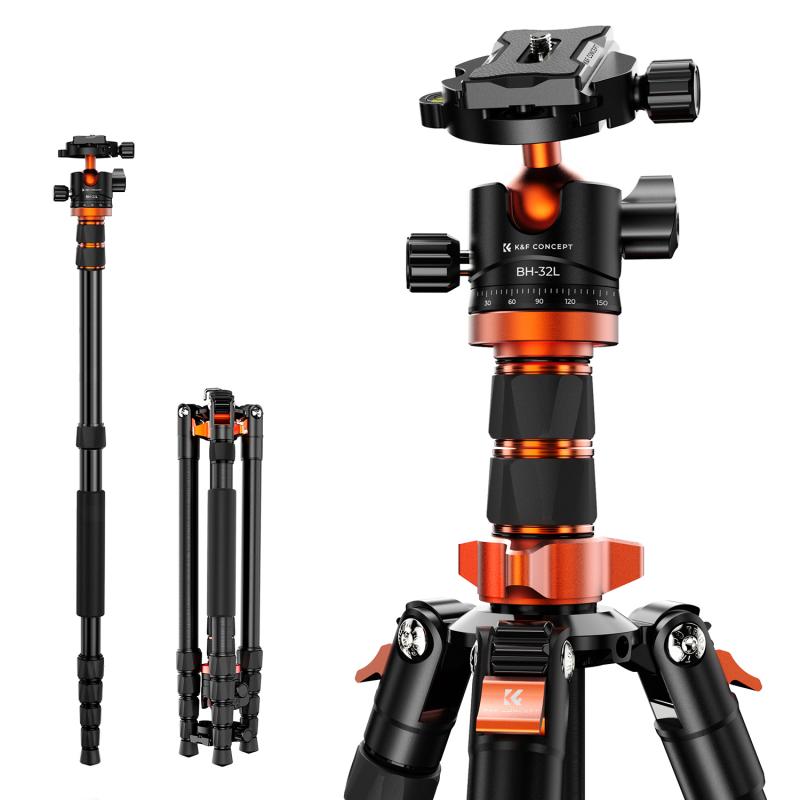
4、 Attaching hardware and adjusting the length of the strap
To sew a camera strap, you will need a few materials and basic sewing skills. Here is a step-by-step guide on how to sew a camera strap:
1. Gather the materials: You will need a sturdy fabric of your choice, such as nylon or cotton webbing, thread, a sewing machine or needle, and hardware like D-rings or swivel hooks.
2. Measure and cut the fabric: Determine the desired length of your camera strap and add a few extra inches for adjustments. Cut the fabric to this length, ensuring it is wide enough to comfortably support the weight of your camera.
3. Attach hardware: Fold one end of the fabric over and sew it to create a loop. Insert the D-ring or swivel hook through the loop and sew it securely in place. This will be the end of the strap that attaches to your camera.
4. Adjust the length: To adjust the length of the strap, fold the other end of the fabric over and sew it to create another loop. Insert the loose end of the strap through the loop and adjust it to your desired length. Sew the loop securely to hold the strap in place.
5. Test and reinforce: Before using the camera strap, test its strength and durability by attaching it to your camera and giving it a gentle tug. If it feels secure, reinforce the stitching by sewing over it a few times.
It's important to note that this is just one method of sewing a camera strap. There are various tutorials and patterns available online that offer different designs and techniques. Additionally, consider using heavy-duty thread and reinforcing the stitching at stress points for added durability.
In recent years, there has been a rise in popularity of DIY camera straps, as photographers seek personalized and unique accessories. Many crafters and photographers now experiment with different materials, patterns, and embellishments to create camera straps that reflect their individual style.
